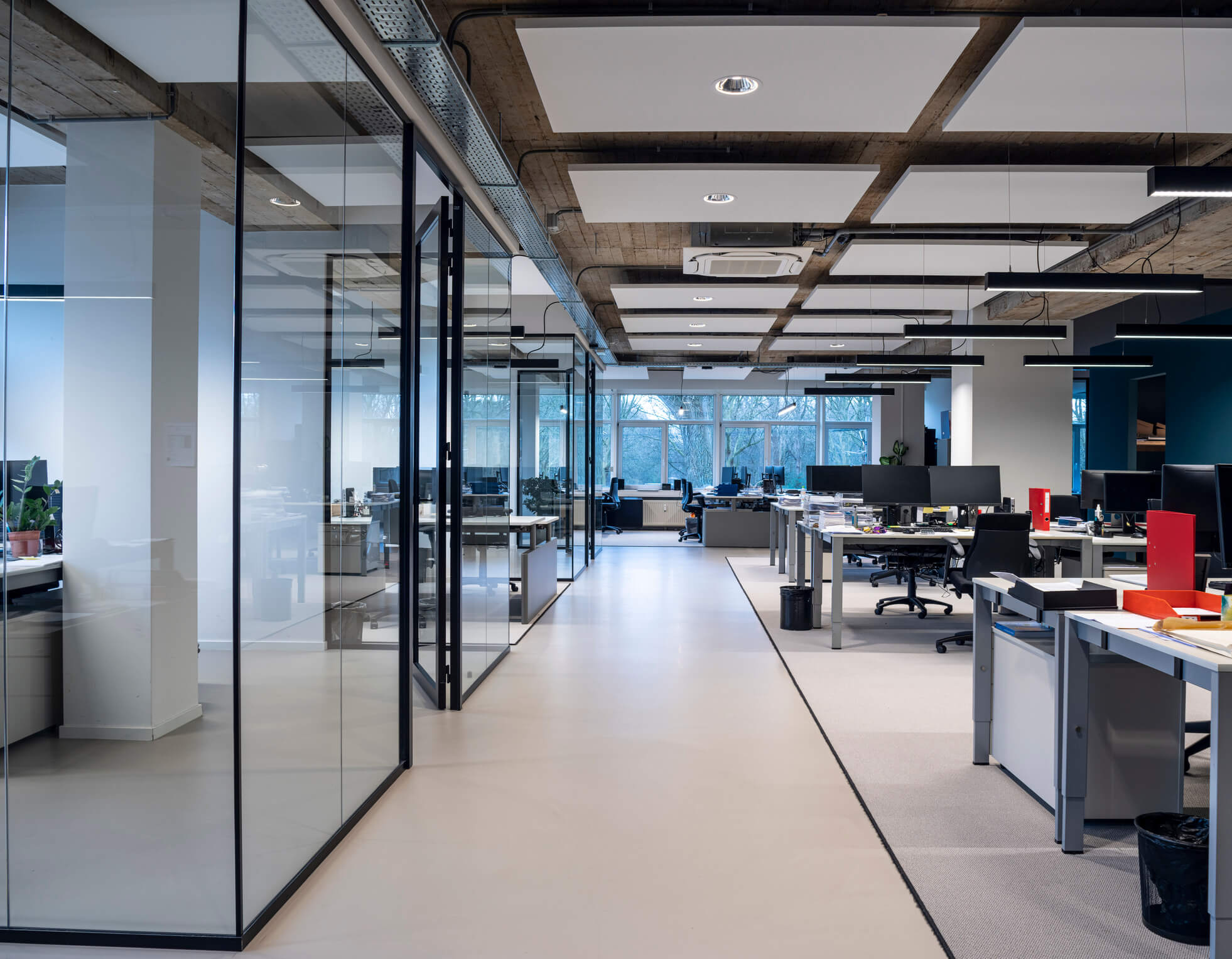- Home
- Expertise
- Projects
- Mar Vista (Mitchell Ave.)
- Redondo Beach (Catalina Ave.)
- Queen Beach (Pine Ave)
- Long Beach (Pine Ave)
- Hermosa Beach (Hermosa Office)
- West Hollywood (Fuller Ave.)
- Hermosa Beach 2 (15th St.)
- Hermosa Beach 1 (15th St.)
- Redondo Beach (Juanita Ave.)
- Burbank (Hampton Inn & Suites)
- El Segundo (Franklin Ave.)
- Videos
- Team
- Broker Incentives
- Investments
- Resources
- Contact
- Home
- Expertise
- Projects
- Mar Vista (Mitchell Ave.)
- Redondo Beach (Catalina Ave.)
- Queen Beach (Pine Ave)
- Long Beach (Pine Ave)
- Hermosa Beach (Hermosa Office)
- West Hollywood (Fuller Ave.)
- Hermosa Beach 2 (15th St.)
- Hermosa Beach 1 (15th St.)
- Redondo Beach (Juanita Ave.)
- Burbank (Hampton Inn & Suites)
- El Segundo (Franklin Ave.)
- Videos
- Team
- Broker Incentives
- Investments
- Resources
- Contact

Emerging Asset Class: Co-Working Spaces
The COVID-19 pandemic has impacted people’s lives in numerous ways and it certainly has changed the way many of us view the modern office environment. Many organizations shifted to a remote work model in 2020. Some employees found they prefer the flexibility that remote work brings, while others missed the opportunity for in-person collaboration. In 2021, employers are weighing what a return to the office might look like while assessing their existing office space.
A recent remote work survey from PwC predicted that “hybrid workplaces are likely to become the norm” and that “most executives anticipate changes to their real estate strategy” because of this. Under the hybrid model, employees would rotate between working in a central or regional office space for a portion of the week and working remotely for at least one or two days.
This massive shift in the way people work will open up new opportunities for commercial real estate investors looking to invest in office space. The switch to a hybrid workplace model means flexibility is key. Co-working spaces are an emerging asset class that appeals both to companies that want to avoid committing to long-term leases and remote employees who prefer to work in an environment outside of their home office to improve work-life balance. It seems that the co-working movement is entering a new era with plenty of opportunities for growth.
Still not entirely sure what co-working is all about? Let’s take a closer look.
What is Co-Working?
Co-working is an arrangement in which workers, including employees from different companies, entrepreneurs and remote workers, all share an office space. Workers or their employers typically pay some sort of monthly fee to gain access to private or shared work space.
A typical co-working space comes equipped with furniture and various amenities ranging from Wi-Fi and printing services to refreshments and snacks. Most co-working spaces also include reservable meeting rooms. The setup is ideal for entrepreneurs and corporations that don’t want to deal with long leases, tenant improvement, permitting and other office space pain points.
Co-working hit the mainstream with the rise of WeWork. Founded in 2010, WeWork is “an American commercial real estate company that provides flexible shared workspaces for tech startups and services for other enterprises.” Soon after, the market for co-working spaces grew rapidly and these types of work accommodations are now commonplace throughout the U.S.
How Has the Pandemic Affected Co-Working Spaces?
The pandemic normalized remote work for many businesses. For much of 2020 and 2021, people were working at home versus heading into a central office or co-working space. While some people thrived in this remote environment, others felt overwhelmed with home life.
Co-working spaces provide a place where remote workers can go to tune out the distractions of home, while also providing a work environment designed to support productivity. Some smaller organizations even operate full-time out of co-working spaces due to their overall flexibility.
That said, the pandemic has highlighted the importance of creating a safe office environment for businesses to operate in, and co-working spaces need to adapt with the times. Sanitation, air filtration and floor layout strategies will need to be revamped to prioritize health and safety.
New co-working space development projects in 2021 and beyond will actually have an advantage over existing spaces, as they represent a blank canvas to accommodate the needs of the modern office environment, which will emphasize distancing and hands-free technology.
Why Invest in Co-Working Space Now?
There are signs that the co-working marketplace is picking back up with potential demand for flexible workplace accommodations to grow far beyond where it was prior to the pandemic. A joint study by CoworkingResources and Coworker predicted that the industry will “rebound in 2021 and develop even more rapidly from 2021 onwards, with a yearly growth rate of 21%.”
The study, referred to as the Global Co-Working Growth Study, also estimated “that almost 5 million people will be working from co-working spaces by 2024” — an increase of 158% when compared to the co-working spaces available to close out 2020, which approached 2 million.
Co-Working Space Development with Beach City Capital
Assuming that the U.S. continues to manage and move past the pandemic, the co-working marketplace is set for unprecedented growth. At Beach City Capital, we believe in the future of co-working and a move toward the hybrid — or hub and spoke — workplace model. The modern office environment is all about flexibility and co-working spaces support that.
Beach City Capital primarily focuses on Redondo, Hermosa Beach, and Manhattan Beach as our target markets. Once we locate properties that allow change of use, we hope to tie up the property and manage tenant improvements. Once the asset is stabilized, we create a cash-flowing co-working business model which offers memberships for access to offices, desk space and other amenities.
If you are interested in learning more about co-working space investment opportunities in the Greater Los Angeles Area or simply have questions, contact us directly. We’re here to help.